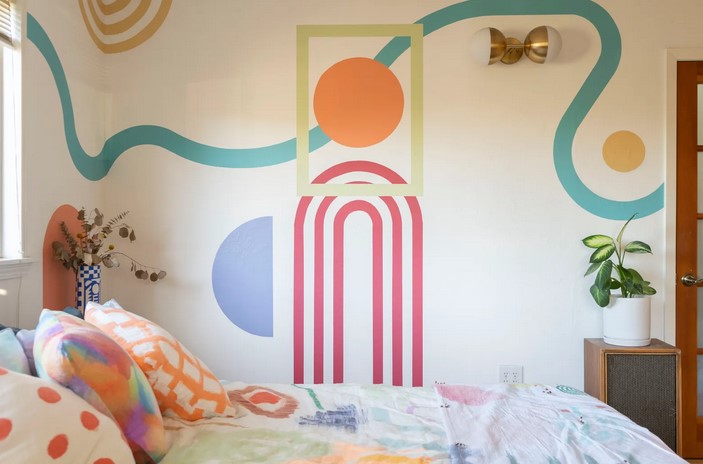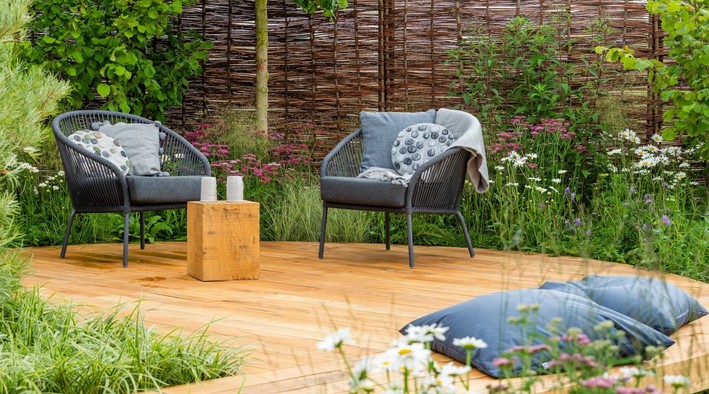Welcome to the world of Homemade Wall Art, where creativity knows no bounds! In this captivating journey, we embark on a quest to explore the vast realm of artistic possibilities, discovering a myriad of techniques and materials that breathe life into our living spaces. From paintbrush strokes that dance with vibrant colors to unconventional mediums that redefine artistic expression, join us as we unravel the secrets behind crafting personalized and awe-inspiring masterpieces that adorn our walls with pure imagination and passion.

Wall art is an essential aspect of interior design that adds character, beauty, and personality to any living space. While there are numerous options available for purchasing wall art, creating your own homemade wall art can be a rewarding and enjoyable experience. In this article, we will explore various techniques and materials that you can use to craft unique and captivating wall art pieces to adorn your home.
1. Painting Techniques
Painting is one of the most popular and versatile techniques for creating homemade wall art. Whether you’re an experienced artist or a beginner, there are several painting styles you can experiment with:
a. Acrylic Pouring: Acrylic pouring involves mixing acrylic paint with various pouring mediums to create mesmerizing abstract patterns and vibrant colors on canvas.
b. Watercolor: Watercolor is a beautiful and delicate technique that allows you to create ethereal and soft paintings, perfect for adding a touch of elegance to your walls.
c. Stenciling: Stenciling is an easy way to add intricate designs and patterns to your artwork. With the help of stencils, you can create repeating motifs or intricate designs with precision.
d. Splatter Art: For a more unconventional approach, try splatter art. Simply fling paint onto the canvas to create an expressive and dynamic piece of wall art.
2. Collage Art
Collage art is an exciting form of expression that involves combining various materials to create a visually striking composition. You can use old magazines, photographs, fabric scraps, or any other flat objects that catch your eye. As you layer these materials, you’ll create a unique and textured masterpiece that tells a story or conveys a theme.
3. Decoupage
Decoupage is an ancient art of decorating surfaces by gluing paper cutouts onto a base and then sealing it with multiple layers of varnish or lacquer. By using different types of paper, such as tissue paper, newspaper, or decorative napkins, you can achieve diverse effects and patterns. Decoupage allows you to upcycle old furniture or wooden panels and turn them into stunning pieces of wall art.
4. String Art
String art is a mesmerizing technique that involves arranging and securing strings in a geometric or abstract pattern over a backing board. You can create intricate designs by wrapping colorful strings around nails or pins, resulting in a 3D-like effect on your wall. String art allows for endless creative possibilities and can be customized to match any room’s color scheme.
5. Embroidery and Fabric Art
Embroidery and fabric art add a touch of warmth and texture to your walls. Using a needle and thread, you can stitch intricate patterns, quotes, or even portraits onto fabric or canvas. This technique is not only visually appealing but also therapeutic and meditative, making it an enjoyable project for relaxation.
6. Nature-Inspired Art
Bringing elements of nature into your homemade wall art can create a calming and inviting atmosphere. Pressed flowers, leaves, or even seashells can be incorporated into your artwork. You can frame them or arrange them in creative patterns, preserving the beauty of nature within your living space.
7. 3D Wall Art
For a more contemporary and eye-catching approach, consider creating 3D wall art. Use materials like wood, clay, metal, or papier-mâché to sculpt three-dimensional objects or designs. These pieces can be standalone or attached to a canvas or backing board, creating a visually dynamic effect on your wall.
8. Found Object Art
Found object art involves repurposing everyday items and transforming them into artistic masterpieces. Scour flea markets, thrift stores, or your own home for interesting objects like keys, gears, broken jewelry, or discarded wood pieces. Assemble these found objects into a cohesive composition to create a one-of-a-kind piece of wall art.
Homemade wall art allows you to unleash your creativity and personalize your living space in a way that reflects your style and personality. Whether you choose to paint, collage, decoupage, use string art, embroidery, or experiment with various materials, the possibilities are endless. The joy of crafting your own wall art lies not only in the final result but also in the process itself. So, gather your materials, free your imagination, and embark on a journey of artistic expression to beautify your walls and transform your home into a sanctuary of creativity.
